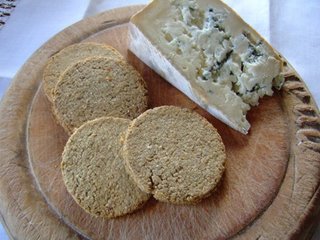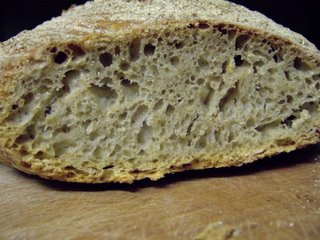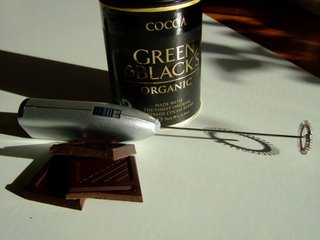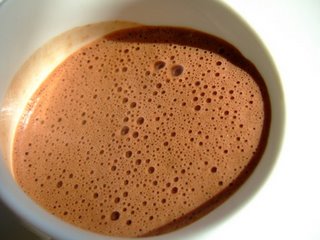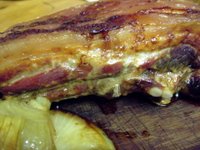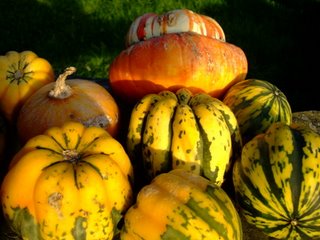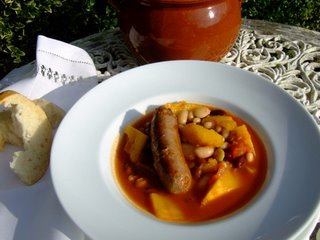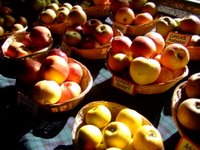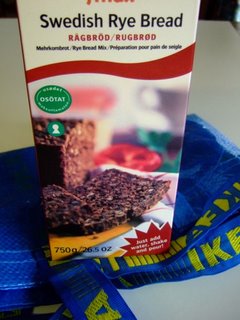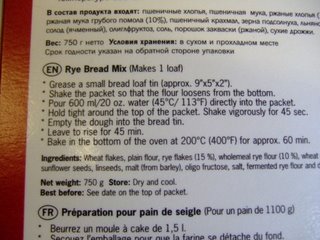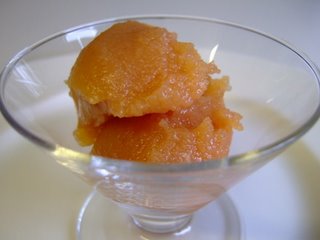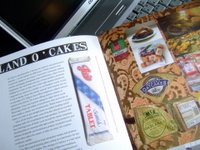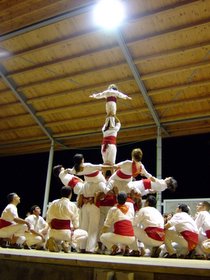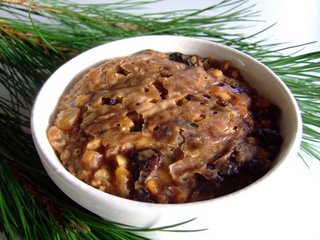
This Sunday is Stir-up Sunday, the last Sunday before Advent in the Christian calendar. It is traditionally the day on which Christmas puddings are made, everyone giving the pudding a stir and making a wish.
The Christmas puds I remember from my childhood looked positively lacquered and sliced into sinister wedges of tarmac. The fruit was slickly dark; raisins, sultanas and dreadful little currants. There was a hot slap of flavourless alcohol mellowed with a good dollop of custard and the exhilarating danger of breaking a tooth on a sixpence. Thank god we only had it once a year.
Being a very modern family, at some point, in the Sixties I think, we decided that Christmas pud was for squares and it was superseded by something altogether lighter. Raspberry Pavlova was a favourite for a number of years.
Sometime in the seventies a vegetarian friend made a vegetarian pud, and it was delicious and memorable. And after that there were famous puddings from Fortnum & Mason’s, during our Designer Label years, and from M&S, during our Classic Supermarket years.
This year I realised, with some shame, that I had never actually made my own Christmas Pudding. Reading the recipes from the previous four decades I notice how currants have now gone completely out of favour (hurrah) and in their stead have come figs and dates and cranberries. The amount of stodge – flour, breadcrumbs, suet – has steadily reduced and vegetarian suet has made an appearance. Lighter, fruitier flavours have replaced the liquorice water taste of the past. Reading the new recipes I found myself salivating at the thought of a slice, maybe just a small slice, of homemade Christmas pud. Maybe some real brandy butter to go with it, maybe some clotted cream, just a little…
Most of what goes into a Christmas pudding is actually sitting around at the back of the cupboard – I had to purchase very little in the end. I think the experimentation is endless, various fruits, some suet, some flour, some alcohol.
These quantities are enough for one big pudding in a 3 pint basin, or two medium puddings in 1½ pint basins.
Ingredients
175g (6oz) sultanas
175g (6oz) raisins
100g (3½oz) ready-to-eat prunes, chopped
100g (3½oz) dates, chopped
75g (3oz) candied peel, chopped
4 pieces preserved ginger in syrup, chopped
150ml (5fl oz) amontillado sherry
125g (4½ oz) self-raising flour
125g (4½ oz) fresh white breadcrumbs
150g (5oz) shredded suet
150g (5oz) light brown muscovado sugar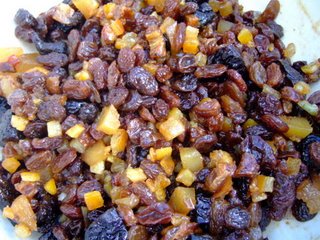
1 x 100g pack blanched almonds, chopped
1 tsp ground ginger
½ tsp each ground cinnamon and freshly grated nutmeg
Finely grated zest and juice of one orange
3 large eggs, well beaten
Little extra sherry or milk
Little soft butter, for greasing.
Pudding basins, baking parchment, kitchen foil, string
Method
Put sultanas, raisins, prunes, dates, peel and ginger into a large bowl, add sherry, mix all together gently with your hands and leave overnight.
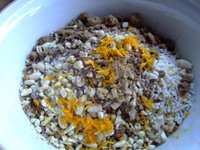
Next day, add remaining ingredients down to and including orange zest but not juice.
Mix, add juice and eggs and stir well, adding more sherry or milk to make an easy dropping consistency.
Stir pudding and make a wish.
Butter the basins and line base of each with a circle of parchment.
Spoon in mixture almost to top.
Cover with another big circle of parchment, then with kitchen foil pleated in the middle to allow for expansion.
Tie string securely round top of basin and make a handle for ease of lifting.
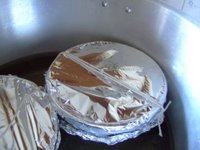 Steam in saucepan of just boiling water covered with foil for 4 hrs (5 hrs if one big pudding). Water should come half way up sides of basins. Add more boiling water from kettle if necessary. Do not let puddings boil dry.
Steam in saucepan of just boiling water covered with foil for 4 hrs (5 hrs if one big pudding). Water should come half way up sides of basins. Add more boiling water from kettle if necessary. Do not let puddings boil dry.
Cool. Redo coverings with clean parchment and foil. Store in cool dark place.
To reheat, steam as before for another 3 – 3 ½ hours.
To serve, turn out on to warmed, heatproof plate. Flame with 2-3 tbsp warmed brandy per pudding.
This recipe is adapted from one in Sainsbury's Magazine November 2006




